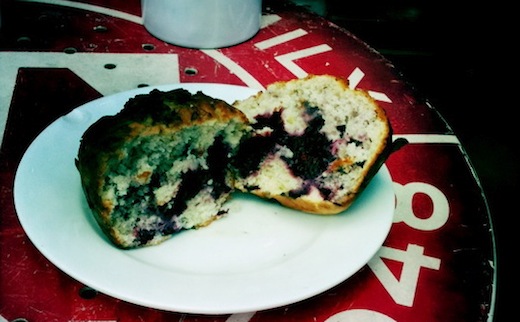The taste of purple: synesthesia and transdesign
Posted on October 25, 2012 | posted by:Purple-colored candy doesn’t taste like grape. It tastes like purple- cloying, synthetic, vaguely fruity. Normally, people don’t associate colors with flavors, or vice versa. People with a neurological condition called synesthesia are the exception; their senses are stuck together, creating strange perceptual hybrids all the time. Some believe that clarinets sound like blueberry muffins or that the letter “p” is furry. In synesthetes’ minds, stimuli is experienced through multiple senses rather than one.
Synesthesia is a lot like transdisciplinary design. Practitioners of this burgeoning field are multi-perceptors too: not of taste or sight, but design opportunities. Designed objects and systems are often seen, but are they felt? Heard? Smelled? If designers approach problem-solving through only one lens, their possibilities will be constrained by that singular perspective. Trandisciplinary designers try to open the field of design possibility, much like synesthesia opens the field of sensorial perception.
Observing the similarities between these concepts comes from personal experience. As a supertaster (one subsection of synesthesia), I associate flavors with colors, shapes and physical sensations. Strawberries taste like sunlight; soup used to feel like a crowd of screaming, moving colors. Being synesthetic has informed the way I perceive the world. If something like soup can elicit such a complex feeling, then can’t everything be “sensed” this way as well? Synesthetic, transdisciplinary: in the realm of design, both look at an experience from a multidimensional point of view.
